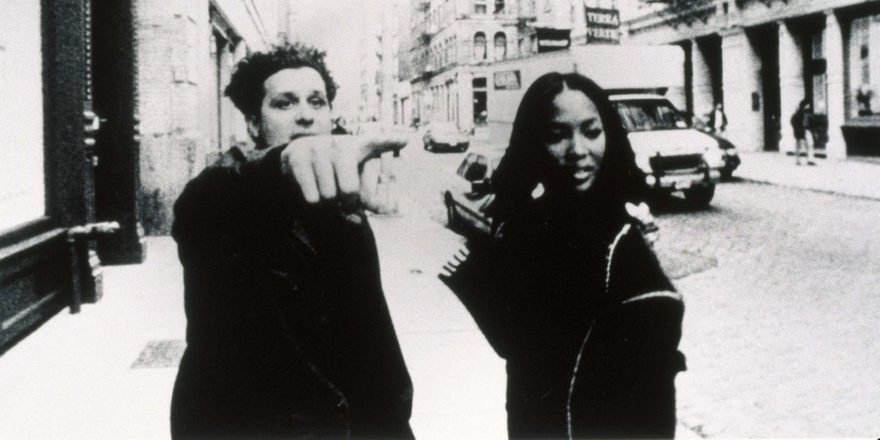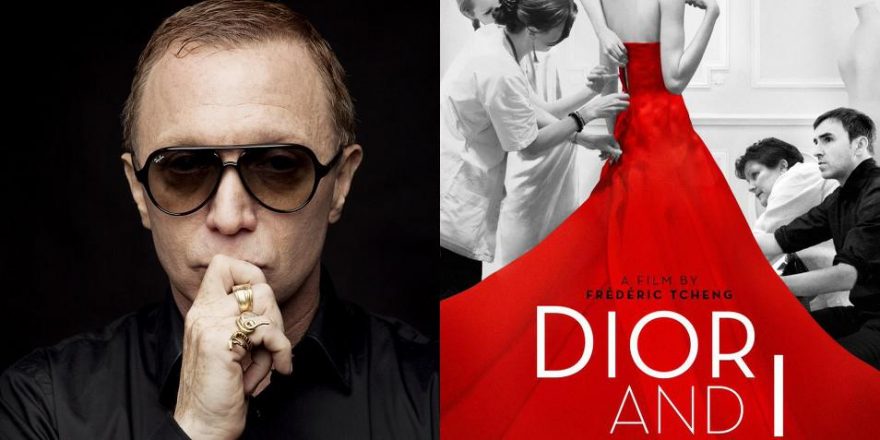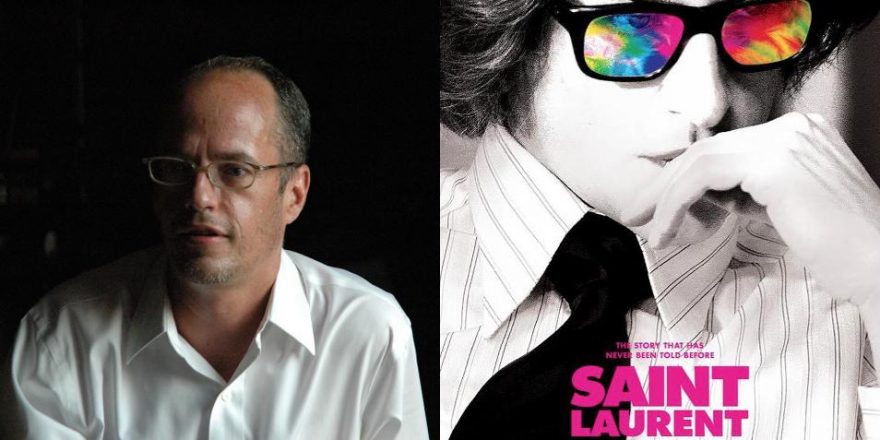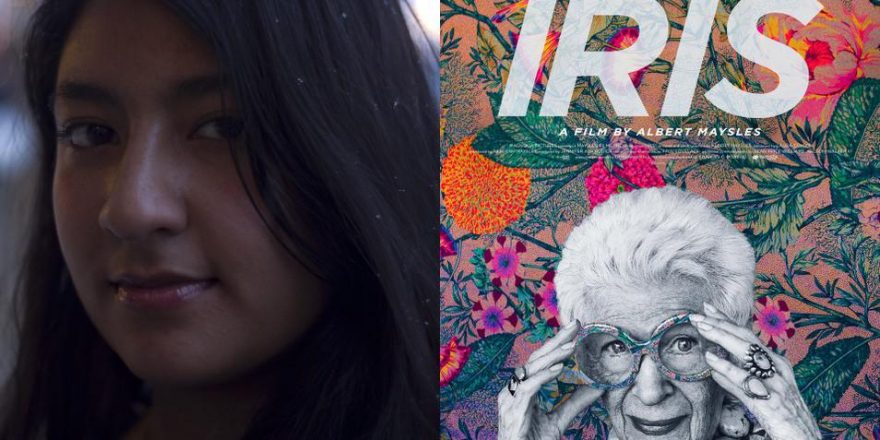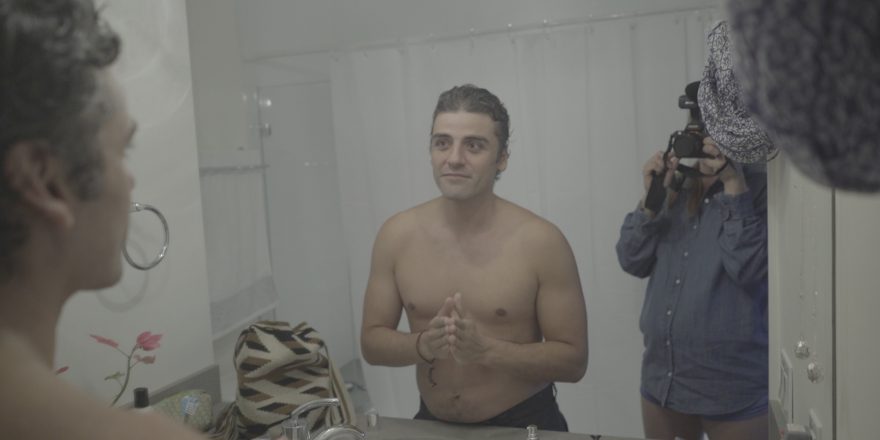It was 1995. I was living in Boston, my hometown, and working for John Kerry, who was then a U.S. Senator from Massachusetts. I’d just finished college, even deeper up into New England. I’d studied film but I was still in the “Patagonia fleece and hiking boots” phase of my life. I don’t think I realized what a Boston bumpkin I was, or that I’d been raised by my parents to be wary of New Yorkers. They were too flashy, too demanding, too New York. Still, I couldn’t stay away. I would drive down to New York City with my friend Chad, a native Mainer, in his little red Volkswagen and stay with our more cosmopolitan friend Tim. Tim had grown up in Athens (Greece) and Dallas and was working as an assistant in the press office at Sotheby’s. I remember stepping into the elevator at Tim’s postwar rental building on East End Avenue uptown and asking what the button marked “PH” meant. “Penthouse,” to me, was a magazine, not a floor in a building.
And then, that summer, the New York City fashion designer Isaac Mizrahi came walking up Sixth Avenue in a trench coat in the rain, to the sounds of Debussy. I don’t remember where I saw Unzipped, the documentary about Mizrahi creating his Fall 1994 collection. It was probably at either the Brookline Village Cinema or the Brattle, both of which reliably showed indie films and documentaries. All I remember is that opening scene in Greenwich Village, shot in grainy, handheld black-and-white 35 mm. It’s the morning after his runway show. Mizrahi goes to the newsstand to pick up the reviews – and they’re terrible: “His usually great color sense failed him. His fabric sense failed him and certainly his sense of how a modern woman dresses after 8 p.m. failed him.” The voiceover ends and then those first spare piano notes by Debussy come in over an exquisite palate of luminous whites, faded grays and deep blacks. There is a profound sense of both douleur and beauty. Failure in New York City didn’t seem so bad.
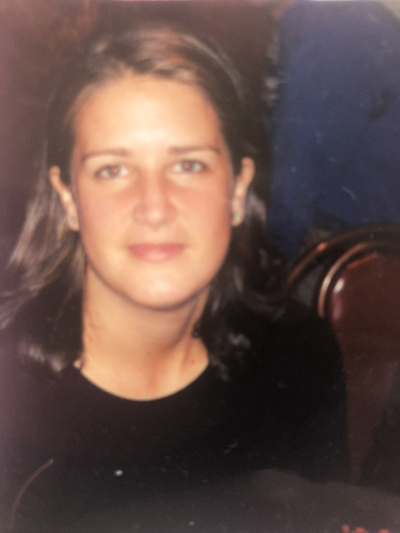
I moved there six months later. For the first eight weeks, I slept on my best friend’s futon sofa. She was a student at N.Y.U. Law School and her off-campus apartment was a few blocks from Mizrahi’s newsstand. I’d grown up in the ’70s and ’80s watching every single Woody Allen film with my father. That version of New York – the one from Manhattan, Hannah and Her Sisters, Broadway Danny Rose, Annie Hall, etc. – was a place where grown-ups sat on park benches and watched the sun rise over the 59th Street Bridge or picked fights with grating intellectuals in line for a movie at the Paris Theater. It was alluring to me, but it was my parents’ vision of the city. Unzipped, on the other hand, was mine. And I loved it all: the building awnings stretched taut over broad sidewalks; avenues that felt like canyons; outspoken Jewish mothers (very different from my own, more reserved Jewish mother) wearing cool, thick eyeglasses, smoking cigarettes on fire escapes to quell one’s pain and disappointment. I still pronounced “Houston” Street like the city in Texas, but it was a start.
Six years later, I went to Paris for a (rather belated) honeymoon. The plan for our first night of the trip was to eat at Dave, the Chinese restaurant where Isaac Mizrahi, the designer John Galliano and Vogue creative director André Leon Talley go for dinner at the beginning of Unzipped. A few months into dating, I’d learned that the movie had been a touchstone for my husband, too. For me, Unzipped was an alternative to the risk-averse New England restraint of my childhood. In my husband’s case, Mizrahi’s downtown New York was a respite from the stifling Upper East Side, private-school version of Manhattan he’d been raised in. (Think Whit Stillman’s Metropolitan.) I’d always loved the scene at Dave, and the way the camera circles the table as the owner, Dave Cheung, reads Mizrahi’s tarot cards. “The dream of every artist is to be known,” Dave finally concludes in heavily accented English, as Eartha Kitt’s “Je Cherche Un Homme” rises.
We never made it to Dave. The night before we left for Paris we went to the very fancy wedding of a friend, at the St. Regis Hotel in New York. We got extremely drunk, and in the morning discovered in my purse several tiny silver-plated cream pitchers which we’d seemingly “liberated” from the hotel. My husband was violently ill on the plane ride over the Atlantic. It’s the only time I’ve ever seen anyone use one of those motion sickness bags on a flight. Instead of going to Dave, we sat on the tiny balcony of our run-down hotel room and smoked cigarettes. When I think back on it now, in my head I can hear Debussy playing.



